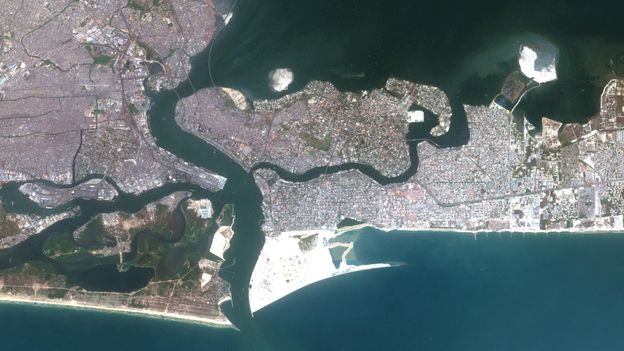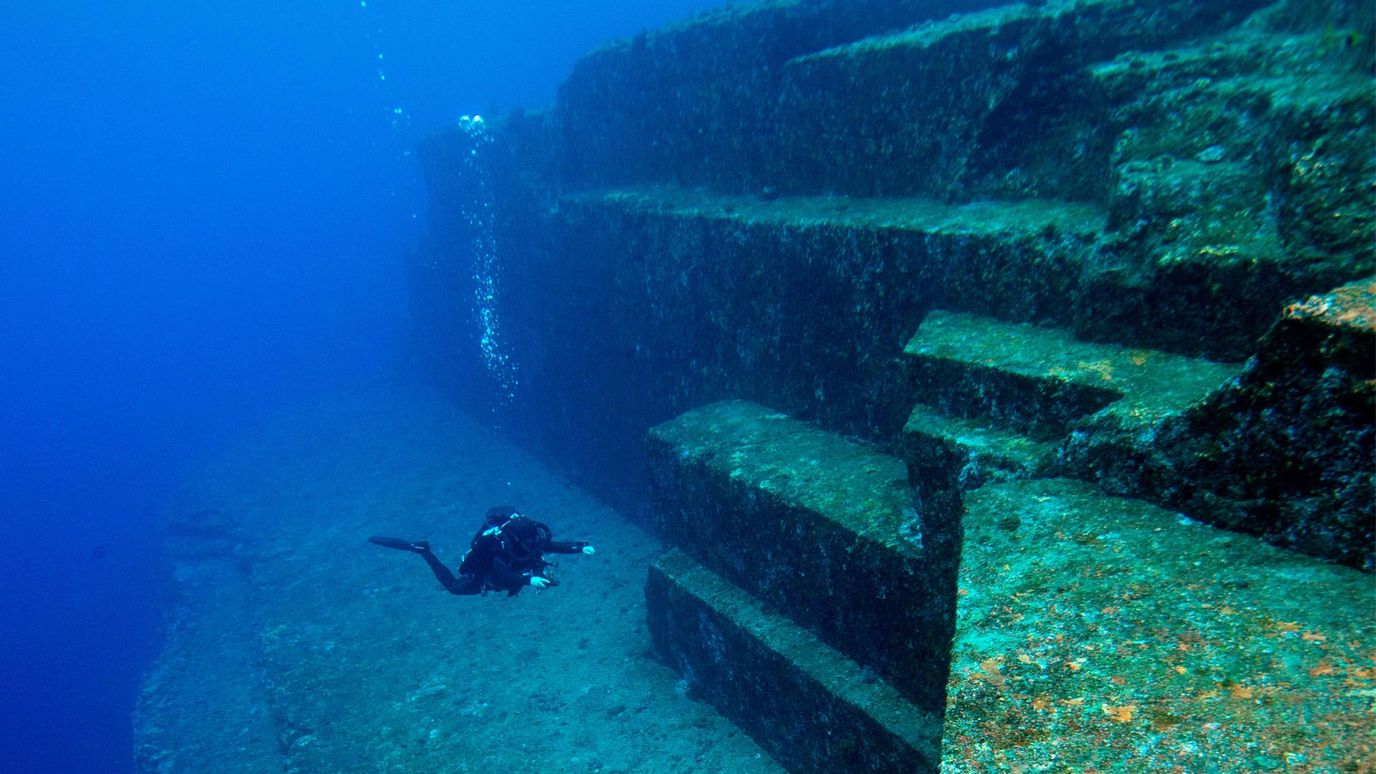In 2000, the Department of Energy funded a project at Oregon State University, among others, to study a multi-application small light water reactor. In 2007, the university granted Nuscale exclusive rights to the design of SMR, as well as the continued use of their test facility. In 2011, Fluor Corporation, a multinational engineering firm, invested in the company. In 2018, the US Nuclear Regulatory Commission approved the first phase of review for the design. Nuscale now has more than 529 patents granted or pending and close to 400 employees.
Many of the SMR designs in development simply shrink the systems of large-scale nuclear plants, using less fuel. Nuscale’s reactor will be just 76 feet (23 metres) high. More than 125 Nuscale reactors could be put in a traditional reactor’s containment building, though the company plans to deploy them in groups of 12.
Nuscale’s system is also integral, meaning the fuel, steam and generator will all be in one vessel. “This reduces the risk of accidents because there are less pipes to break,” says Reyes. The technology also uses the core’s heat to drive the coolant flow, eliminating the need for coolant pumps and moving parts that could fail. Each reactor will be self-contained, with multiple reactors sharing a cooling pool.
If a traditional nuclear reactor’s cooling water is lost, the fission reaction will shut down, but the raised temperatures may lead to a core meltdown. Even after a reactor is turned off, heat from the radioactive decay of fission can melt cores, as occurred in the Fukushima Daiichi nuclear disaster, when a tsunami damaged the generators pumping water through the shut-down reactors. That’s why Nuscale engineers have also built relief valves on the reactor vessel, which open when power is lost and release steam into the vessel, where it condenses, recirculates and provides cooling. Without the need for pumps, Reyes says, “Even under worst case scenarios, where we lose all off-site power, the reactor will safely automatically shut down and remain cool for an unlimited time.” He adds, “this is the first time that’s been done” for commercial nuclear power.
In 2015, the Utah Associated Municipal Power Systems, a utility that provides power throughout six states in the western US, agreed to build the first Nuscale reactor. With financial support from the Department of Energy, the utility has selected a site within the department’s Idaho National Laboratory, near Idaho Falls, Idaho. “The process is very long, very tedious and very expensive,” says Ross Snuggerud, Nuscale’s chief of engineering operations. “There’s a $1.4bn (£1.07bn) barrier to getting the design approved that the government’s created.” Still, Reyes says the company plans to have the reactors operational by 2027.












